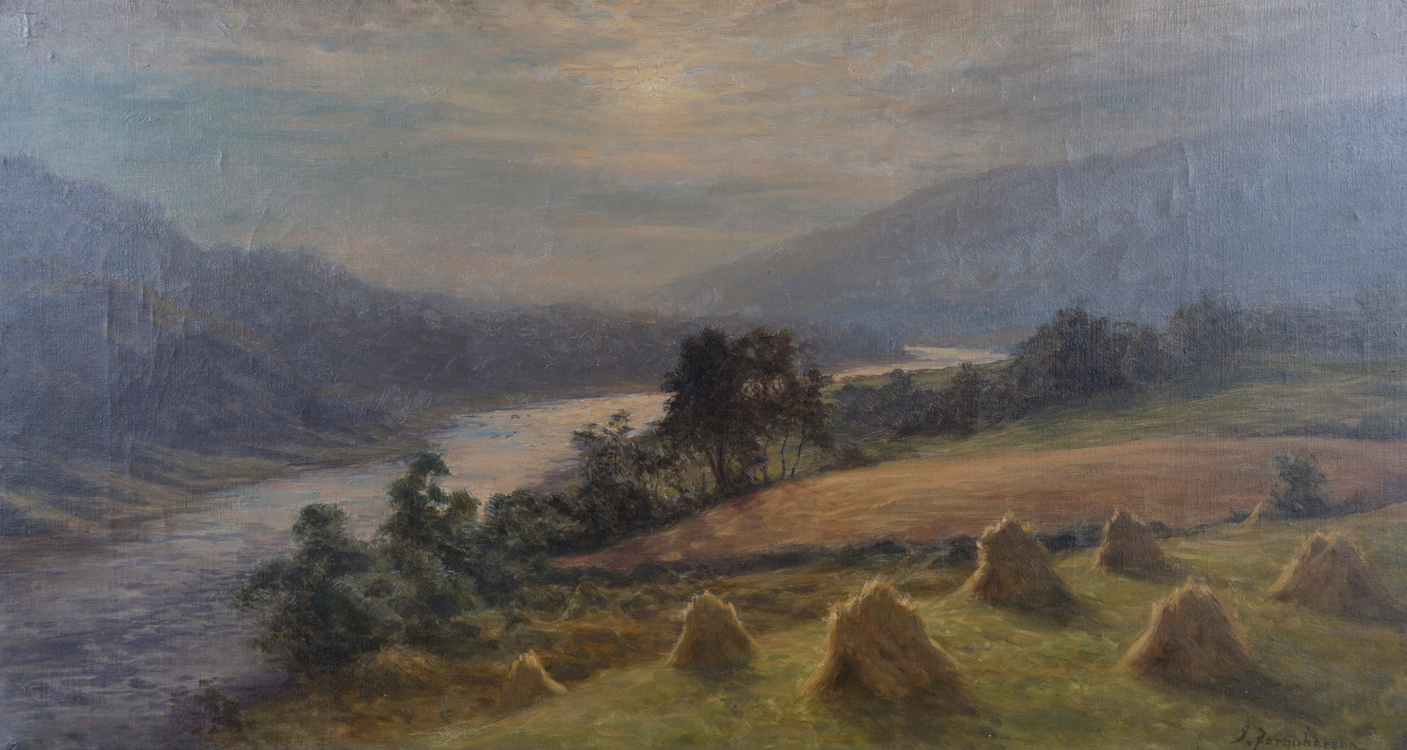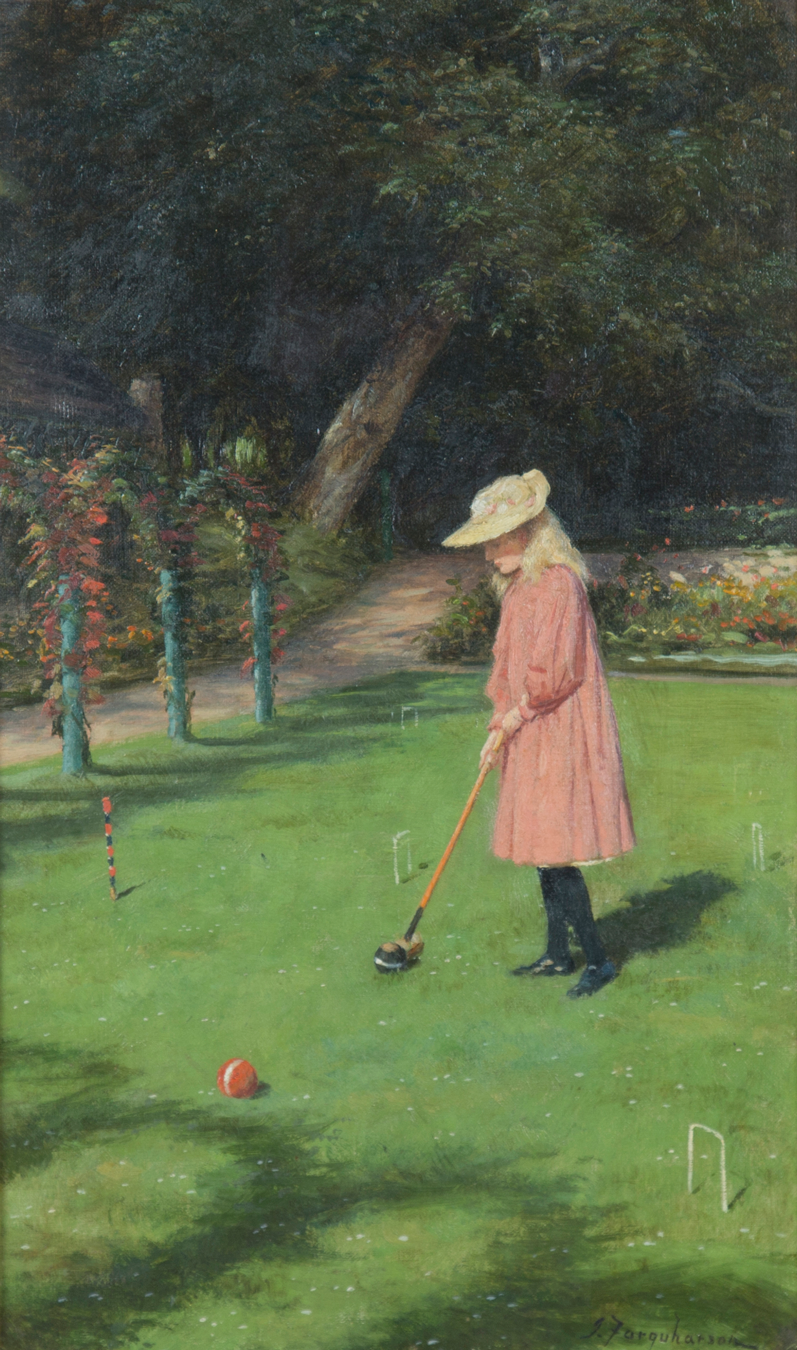
Contemporary Scotland and her people bless our nation as they have always done with their entrepreneurial skills, internationalism, gifts of leadership, art and culture.
Scotland is often viewed through the lens of her art, literature and culture.
Amongst the leading Scottish realist painters was Joseph Farquharson RA (1846-1935). He was famous for his snow covered winter landscapes which often incorporated sheep and livestock native to his beloved Scotland. His finest works usually include figures working in the landscape.
Born in Edinburgh Farquharson painted from a young age and loved nothing more than being on the family Highland estate Finzean in Aberdeenshire which he inherited from his brother. He studied under the popular Scottish landscape painter Peter Graham whose influence is apparent in Farquharson’s own work. Like fellow Aberdeen artists John Philip and William Dyce, Joseph Farquharson moved to London
After 1880 Farquharson spent a number of winters in Paris where he was taught by Charles Auguste Émile Durand. Durand taught him to work directly onto the canvas and to think in terms of form and colour. Like the 19th century French realist artists Farquharson painted ‘en plein air’. Indeed the artist Walter Sickert compared Farquharson’s work to the famous French realist painter Gustave Courbet. With the harsh Scottish weather Farquharson constructed a painting hut on wheels complete with a large glass window and stove. His art, like his paintings’ titles, often drew inspiration from the poets Burns, Milton, Shakespeare and Gray
At the Royal Academy he was elected an Associate in 1900, a Royal Academician in 1915 and a senior Royal Academician in 1922. He was a prolific painter exhibiting not only at the Royal Academy but also at the Royal Society of Arts and Tate Gallery.

The two oils on canvas, both by Joseph Farquharson, sold at Toovey’s for £11000 and £5000.
Whilst the subjects of the two paintings you see here are not typical of Farquharson’s oeuvre they do display many of the qualities characteristic of his work.
The study of the young girl playing croquet on a lawn bordered by roses and summer flowers highlights Farquharson’s skill as a figurative painter. He handles the paint richly, employing light and colour to give form to his subject.
The summer landscape with its rows of corn stooks is bathed in the soft, warm dawn light for which he was famous. The meandering river is a common feature in his landscapes. This romantic view of Scotland still resonates with us today.
Contemporary Scotland and her people bless our nation, as they have always done, with their entrepreneurial skills, internationalism, gifts of leadership, art and culture. I hope the Scots realise the great affection in which they are held throughout the United Kingdom and will choose to continue to accompany us in the 21st century.